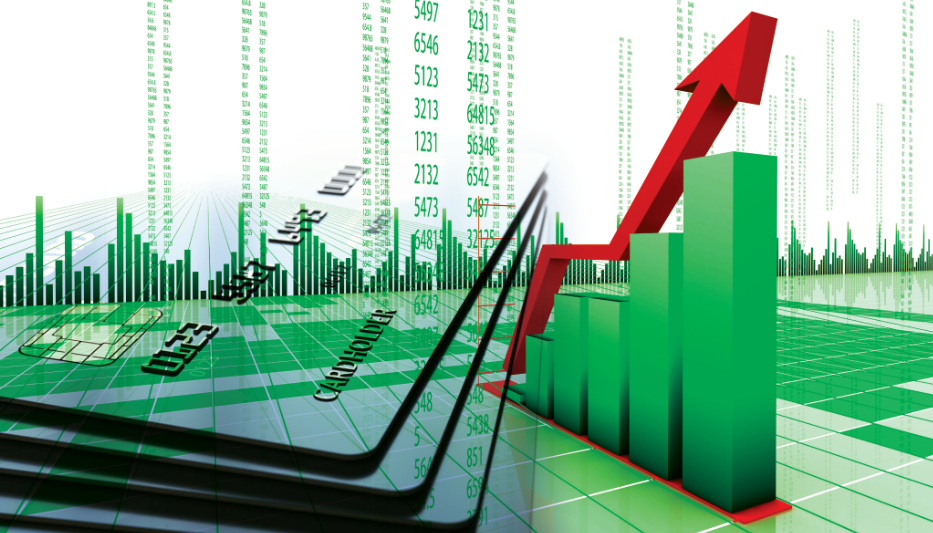All
Visa and MasterCard Raise Interchange Rates

Starting in April 2020, Visa and MasterCard will increase the interchange rates they charge utility-class merchants for certain credit card transactions, according to sources close to the matter.
MasterCard currently charges $.75 for rewards-based credit card transactions — specifically Consumer World High Value and Consumer World Elite cards — and $.65 for other card transactions. However, as of next month, a flat rate of $.75 will apply for all credit card transactions, including Consumer World High Value and Consumer World Elite as well as the generic Consumer World, Consumer Enhanced Value and Consumer Core credit cards.
Visa has also announced a rate change that will affect fuel dealers whose payment processing accounts are set up properly; the credit card provider’s Commercial Level II – Fuel interchange rate will increase from 2.05% + $.10 to 2.20% + $.10 per transaction. Credit card companies typically review and adjust their interchange rates twice per year: once during April and again in November.
“Even with the increase, MasterCard should still be every energy provider’s preferred method of payment,” suggests Dan Rowe, vice president of payment processing company BillingTree. “Most payments with a MasterCard for a $375 delivery will be $0.75 (0.20%) while that same delivery paid on a Visa would be around $5.49 (1.46%).”
MasterCard’s 10-cent bump follows a 20-cent increase that took place last year when the company raised the interchange rate on its Non-Regulated Consumer Signature Debit cards from $.45 to $.65 per transaction. That fee remains the same in 2020 for
MasterCard debit and prepaid card transactions, both of which are not subject to the latest rate increase.
On the surface, a 10-cent rate increase might not seem like much for energy marketers to worry about. However, $.10 of $.65 amounts to a 15% rate hike. When retailers further consider how this applies to every single generic MasterCard transaction that takes place during a given billing period — and that these could theoretically number in the thousands, depending on the size of a company’s customer base — the cost increase no longer seems insignificant.
For example, a fuel dealer that is properly set up with their payment processor as a utility-class merchant and that will accept 5,000 MasterCard payments over the course of the 2020-2021 heating season can expect to pay $3,750 to the credit card company in interchange charges.
According to one estimate, MasterCard products account for approximately one-quarter of the total credit card market. If that ratio holds for fuel dealers, a 15% bump could amount to a noticeable cost increase industry-wide. And that’s not all.
“In addition to the $.10 flat rate increase on Mastercard, ‘Integrity Fees’ and higher rates on commercial card transactions that don’t pass Level II and III qualifying data have the potential to hit fuel marketers hard,” says Marci Gagnon, VP, Strategic Alliances, Qualpay. “Changes effective in April include a reclassification of commercial card interchange categories such as the Visa Business CNP tiers, which have been replaced with a more expensive classification named Product 1. The resulting impact for fuel marketers accepting business cards without the qualifying data will be significant. Level II and III qualified transactions are not affected by the reclassification.”
Making matters worse, not every fuel dealer is properly set up with their credit card processing company as a utility-class merchant or Fuel Marketer, and those that aren’t may already be paying unnecessarily higher interchange rates on every transaction.
“At least one-third of the accounts we review are not set up correctly to take advantage of the utility and emerging market interchange benefits available to the energy industry,” says Rowe.
Sources suggest that the interchange rate represents 90% of the total payment processing cost fuel marketers incur for consumer credit card transactions, with the remaining 10% covering the processor’s “basis points,” otherwise known as expenses, profit or markup.
The good news is three-fold. Firstly, basis points are often negotiable between the fuel marketer and payment processor. Second, those companies that are not correctly classified stand to achieve significant savings by working with a payment processor that specializes in serving fuel marketers and knows how to set them up properly.
“Energy marketers should be less concerned with the nickels and dimes charged by the card brands and start by confirming they are set up to qualify for the utility and emerging market interchange benefits available to them,” Rowe adds. “Many payment providers or banks do not realize there is a special way to set up fuel dealers. Others don’t have the ability to do it. The impact of an incorrect set-up could be more than 1% in additional fees on the total volume processed.”
Thirdly, many MasterCard holders use rewards-based credit cards rather than the generic cards for which merchants are subject to the rate increase. Fuel marketers should already be paying a $.75 interchange rate on rewards-based MasterCard credit card transactions. If these currently represent most of the MasterCard transactions that the fuel marketer accepts, then the company would not be significantly impacted by a rate increase on the lower-tier credit cards.
“This industry has the luxury of qualifying for the lowest MasterCard interchange categories available,” Rowe reminds us. “The cost of accepting credit cards remains much lower in our industry than all other business segments.”
Nevertheless, all fuel marketers owe it to themselves to have their IT and accounting teams take a second look at their credit card transactions and payment processing agreements before Visa and MasterCard’s rate hikes take effect in April. The difference in costs may not be immediately noticeable, but could certainly build up over time. This is especially true for retailers that are still working directly with a big bank or non-niche Merchant Service Provider (MSP) rather than a payment processor specializing in the energy industry.
“I recommend energy companies focus on the effective rate — how much you paid divided by the total credit card volume accepted,” Rowe says. “This will be the barometer for your account. The average effective rate for energy companies with the proper set-up should be in the range of 1.25% to 1.75%. Figuring out your effective rate will help you determine if you are set up correctly or if there’s a cause to look deeper.”
“While any increase in interchange cost is challenging to the industry, there are some things that fuel marketers can do to keep more money in their pocket,” says Gagnon. “Once you have been set up properly as a Fuel Marketer the next step is to verify that you are able to pass the appropriate Level II and III data to the card brands for any business cards you are accepting. This will keep Fuel Marketers in target interchange for business card transactions and remove some of the most expensive changes for 2020, such as Integrity Fees and the new Product 1 category that all business cards without proper data will now fall into.”
If these considerations make some readers think twice about accepting credit cards, Rowe argues that they remain an essential part of the customer experience today’s consumers have come to expect. “The benefits of credit cards, like increased cash flow and a better customer experience, are often overlooked when putting the cost of processing cards in perspective,” he states. “Accepting credit cards is a benefit for your business, and when done correctly the benefits and value clearly outweigh the costs.”
Related Posts
 What’s Next in Boiler Technology
What’s Next in Boiler Technology
Posted on June 25, 2025
 Data Delivers!
Data Delivers!
Posted on April 28, 2025
 Harnessing Payment Data to Increase Profitability
Harnessing Payment Data to Increase Profitability
Posted on March 10, 2025
 DeepSeek Is Our AI Wake-Up Call
DeepSeek Is Our AI Wake-Up Call
Posted on March 10, 2025
Enter your email to receive important news and article updates.
